WWII Imperial Japanese Kwantung Army Medal Manchuria 1933 Incident Rare
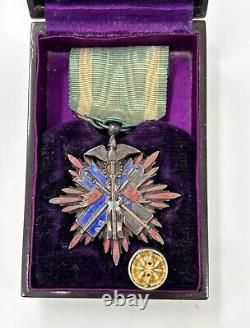
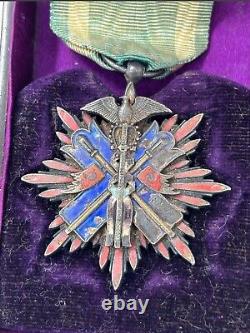
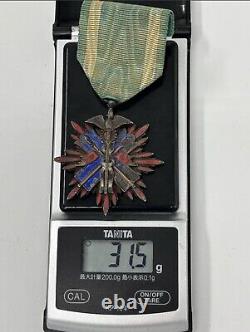
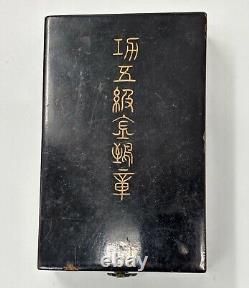
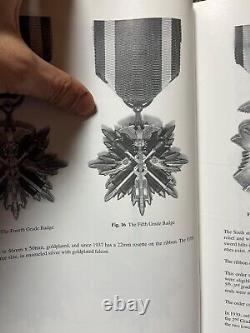
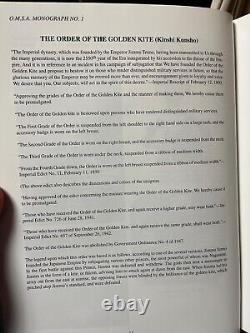
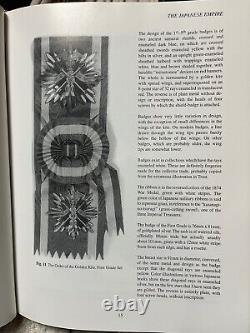

If you're into true relics of Imperial Japan, this one's got real weight-literally and historically. So, what exactly is the Order of the Golden Kite? It was one of Imperial Japan's most prestigious military decorations, awarded exclusively to Army and Navy personnel for acts of bravery, command, or leadership in combat.
Established in 1890 under Emperor Meiji, the medal symbolizes martial valor rooted in Japanese mythology-the "golden kite" (kinshi) was said to have descended from the heavens to guide Emperor Jimmu to victory. After Japan's defeat in WWII, the decoration was abolished by the American occupation and never reinstated. In short: this medal is not just a piece of metal-it's a lost chapter of military history. This example is the 5th Class, typically awarded to mid-level officers such as majors or lieutenant commanders who had proven themselves in battle. The medal comes with its original black lacquered case and purple velvet lining.
It weighs 31.5 grams and features crossed banners, radiating rays, and the mythical golden kite perched above-representing military virtue and divine guidance. Let's be honest-this piece has seen some action. The enamel, especially the blue portions, shows considerable damage. But far from being a flaw, this tells a story.
You're not looking at a pristine shelf piece. This is a medal that likely adorned a veteran of Japan's wartime campaigns, perhaps in China, the Pacific, or Southeast Asia. Collectors will tell you: condition matters, but provenance and authenticity are what turn medals into museum-worthy artifacts. If you're building a WW2 showcase, this boxed example-with visible scars of time-adds depth, history, and soul.
International Buyers - Please Note. Thank you for your understanding.

